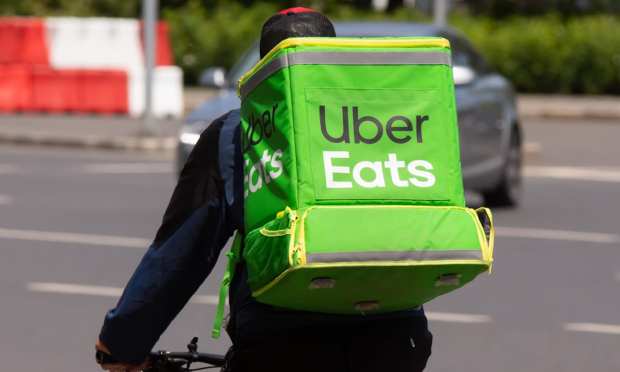Delivery Aggregator Losses Point to Economic Value of Platform Model

As food delivery services in the United States and abroad struggle to make the model work, Uber stands out at as a rare success story, at least for now.
Indian food delivery group Zomato announced Friday (Feb. 11) third-quarter losses lower than the previous quarter, but still sizable at $36 million. Similarly, another Indian food delivery giant Swiggy, in the midst of a major sales decline, also saw losses narrow considerably, per multiple reports on the company’s recent regulatory filing, but these losses still came in at about $215 million.
Read more: Shares Tumble as Zomato Delivers Lukewarm Q3 Results
Additionally, Germany-based food delivery giant Delivery Hero said Thursday (Feb. 10) that it too will likely report losses this year.
See more: Delivery Hero Sees Record Decline Amid Gloomy Outlook
These grim results and projections come less than two weeks after news broke in late January that the ultrafast grocery delivery services popping up in the U.S. and in other parts of the world can lose as much as $20 per order on average including ad spending.
Read more: Ultrafast Grocers’ Losses Mount in the Face of an Uncertain Future
Taken all together, these figures would suggest that the economics of on-demand food delivery simply do not work. However, Uber Eats now provides a counterpoint. After years of losses, Uber’s delivery business finally achieved its first profitable quarter in Q4 2021, the company announced Wednesday (Feb. 9).
“There’s no question now that delivery’s here stay, both in food and other verticals,” Uber CEO Dara Khosrowshahi told analysts on a call. “Delivery reached an important milestone in Q4, generating $25 million in segment-adjusted EBITDA…We view the turn to EBITDA profitability as a big moment but ultimately just a step along the way to creating a self-sustaining and incredibly valuable business. With this milestone accomplished, delivery is well-positioned to self-fund growth in grocery, retail and local commerce.”
The success of the company’s delivery business comes in large part from Uber’s diversified platform approach. Rather than building an entire logistical network just for food delivery, Uber can double dip with its rides and its delivery businesses, and the company also leverages its delivery business from grocery, retail and more.
“We are now cross-dispatching between driving people and driving things, [and] that creates higher utilization for earners and makes for a more efficient marketplace,” said Khosrowshahi.
He added that, as more merchants get on the marketplace, more consumers order from it, and with more businesses and more orders, the company can manage shorter delivery times, driving efficiency.
Given the relative newness of these food delivery services compared to other business models, much is still in flux. Pending local regulations could significantly affect these businesses going forward. For instance, New York City has been making moves to impose new legislations on third-party delivery marketplaces, most recently requiring that they must be licensed by the Department of Consumer and Worker Protection (DCWP).
See more: NYC Aggregators Contend With New Regulations, Increased Competition From Direct Channels
Such regulatory initiatives could dramatically influence the course of these razor-thin-margined businesses going forward.